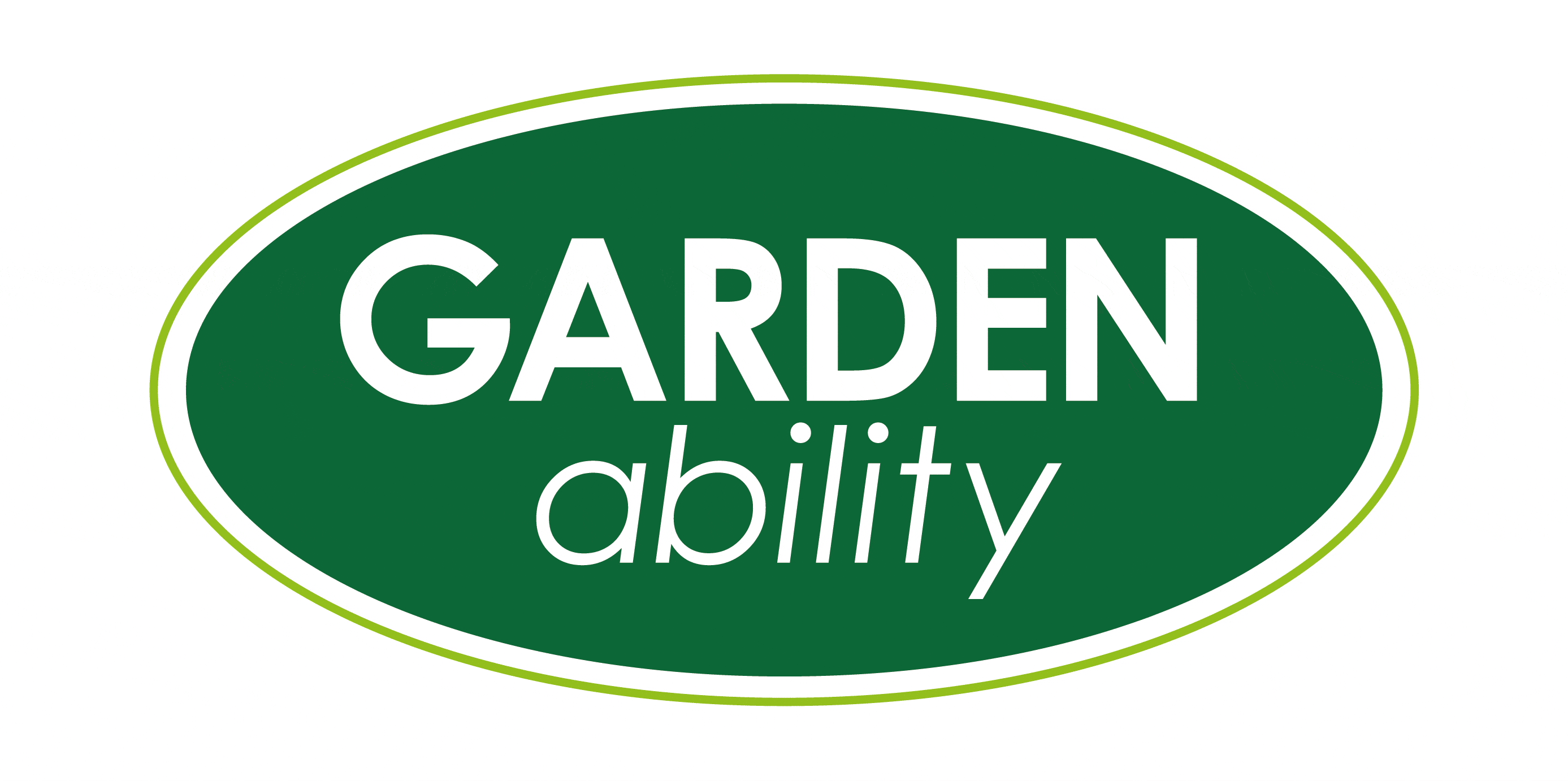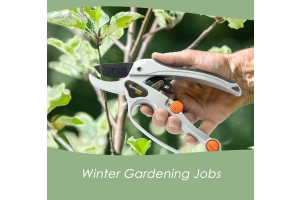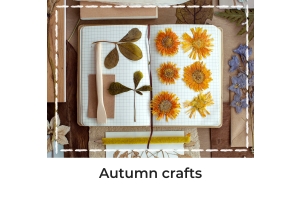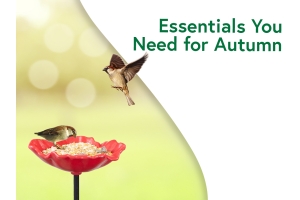How to Start an Allotment

National Allotment Week in the UK runs from 9th – 15th August 2021, and the theme this year is Plotting for the Future: celebrating the contribution that allotments make to a sustainable future. If you have been thinking about starting an allotment, or just want to be a bit eco-friendlier, here are some of the top tips and tricks that you’ll need to get that plot planted!
When to Start Your Allotment
If cleared by early spring, in time for early planting and sowing, your allotment can give its full potential from the start. However, the output of your plot is dependent on the state your allotment plot is in when you get it. If your plot has been severely neglected, the best thing to do is plan for the next few years and figure out what can and can’t be possible. Ideally, the first half of the year should be sent clearing and treating your plot to get it ready for your plants and crops.
Clearing Your Plot
You need to make sure that you have a clean canvas from which to build on – this means that any weeds, shrubs, or unwanted trees need to be removed. Woody plants like brambles are best cut out, and this waste can be recycled. Make sure to remove the roots of perennials like nettles and bindweed, and do not compost them – their seeds will then make their way into the compost, and you will be right back where you started.
Smothering weeds with opaque mulches (carpet is no longer recommended) is an effective but long way of ridding and area of weeds. If you aren’t planning on using an area of your allotment that year, try this technique, as it is relatively easy and requires no harmful weedkillers. Gardeners wishing to grow organically mustn’t use chemical weedkillers – for more information on how to rid weeds from your plots naturally, read our blog on it here.
Once you have cleared and rotovated your plot, make sure to take a soil pH test to check the nutrient levels and see where you need to build from.
Figure Out What You Want to Plant
The location of your plot will affect what you are able to plant. Sunny plots are versatile – they can house most plants and will usually yield a large crop. If you have been given a shady plot, this can be slightly more difficult.
Fruits that grow on woodland edges, like blackcurrants, raspberries, rhubarb and gooseberries will grow the best in a shady spot, producing reasonable crops. Fruits like apples and pears prefer a sunnier area, but fruits like morello cherries grow well on a shady wall.
Vegetables like beetroot, chard, and lettuce are all safe bets for shady plots, but their success can be increased by sowing seeds in modules in bright conditions, to allow them to develop and established root system before planting.
Possible Problems
Soil pests and diseases, such as club root and onion white rot, can be common and troublesome on new allotments. If you have any issues with these diseases, make sure to check the Royal Horticultural Society website for tips and tricks on how to combat them.





